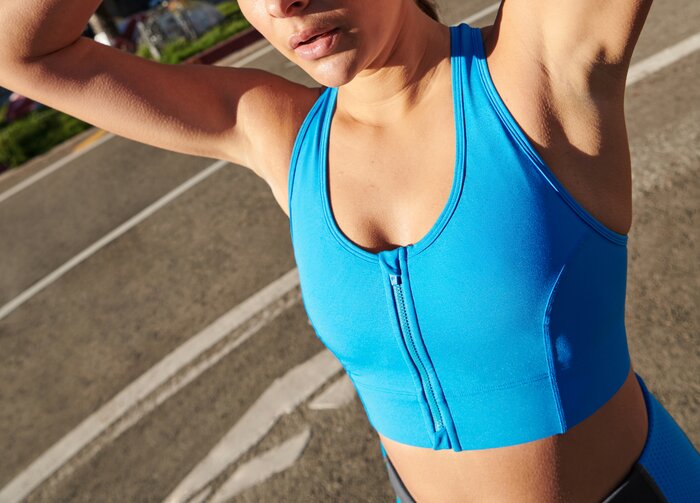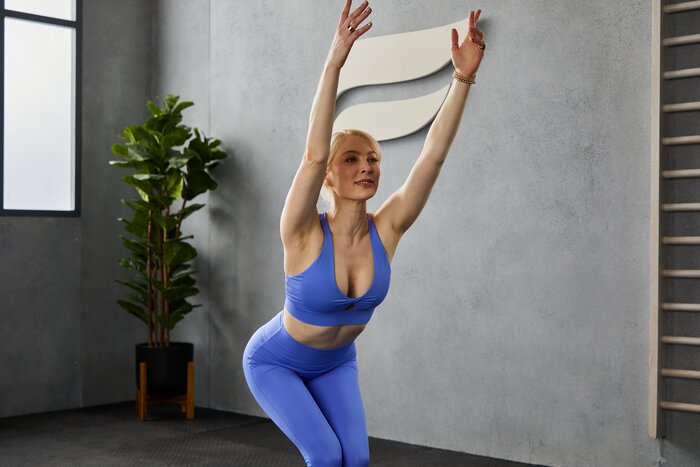What are the different phases of the menstrual cycle?
There are four menstrual cycle phases, let’s take a closer look at each:
Menstrual phase
The first phase is called menstrual – that’s when your period starts. It begins when an egg from your previous cycle hasn’t been fertilised. Since you didn’t get pregnant, your oestrogen and progesterone levels go down, and your uterus lining gets discarded through your vagina. The discharge takes the form of blood, mucus, and tissue. During the menstrual phase you might experience symptoms like:
- Headaches
- Bloating
- Mood swings, including irritability and sadness
- Cramps
- Tender breasts
- Lower back pain.
If you’re wondering how to ease period cramps, then consider taking some OTC pain relief medication like ibuprofen, or put a hot water bottle on your belly. You can also use relaxation techniques like deep breathing and meditation as they reduce stress, which can exacerbate menstrual cramps.
Follicular phase
The follicular phase starts as soon as you get your period and it lasts until ovulation, i.e., between 14 to 21 days – it’s the longest phase of the menstrual cycle. That’s when your ovaries start to produce eggs, and the brain releases a follicle-stimulating hormone (FSH) to help them grow. Only one egg gets selected and grows bigger, which releases oestrogen – this thickens your uterus in case of possible pregnancy.
Ovulation
When you ovulate, your ovaries release a mature egg. Ovulation usually happens in the middle of the menstrual cycle. Given that a typical cycle lasts around 28 days, it falls between day 14 and 16, and lasts from 12 to 24 hours. For an egg to get released from the sac, it needs the luteinizing hormone (LH). Following ovulation, the egg goes down the fallopian tube and waits for fertilisation.
If you get pregnant, it attaches to your uterus lining, and your period temporarily stops. If it doesn't, your menstruation continues. How do you know you're ovulating? You might experience the following symptoms: thin and stretchy discharge, lower abdomen pain and breast soreness.
Luteal phase
The last menstrual cycle phase starts right after ovulation, and lasts until you get your next period. It is during the luteal phase that a cyst called ‘corpus luteum’ is created in your ovary. To prepare your womb for a potential pregnancy, it releases progesterone, to make it thicker and able to nourish a growing foetus. If the egg doesn’t get fertilised, the cyst dissolves and hormone levels decrease. That’s how your body knows that it has to get rid of the thickened uterus lining, causing your period to start.



